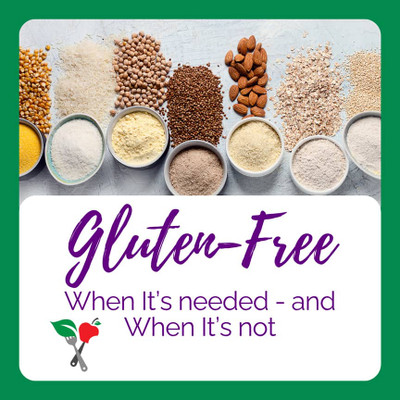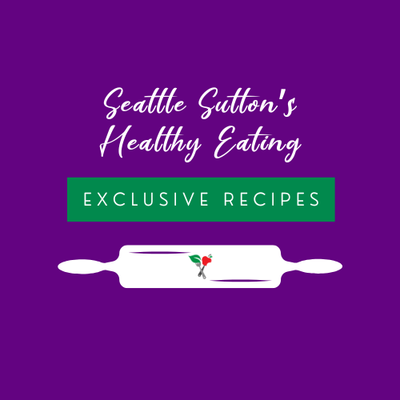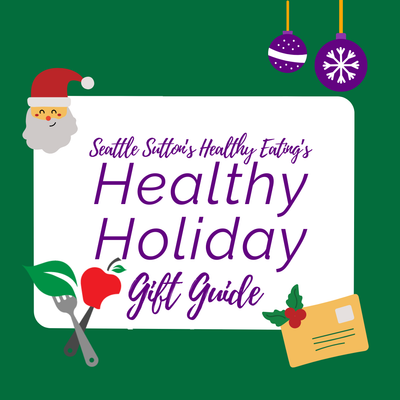Superfoods for Weight Loss
Fall is a wonderful time of year, and many find that it is the best time to start with their healthy eating and weight loss goals for numerous reasons. One of the main reasons is because of the abundant, and delicious fall foods. So many delicious and versatile foods this time of year, with so many nutritional benefits. One of those benefits happens to be a boost to metabolism either through fiber content or by simply being a nutritious and filling, low calorie food. Many find that it is the best time to start with their healthy eating and weight loss goals for numerous reasons.
Routines are easier
Summertime can be a little chaotic with vacations, cookouts and late bedtimes. But during the fall, routine is more attainable. Structured workouts are easier to come by, and dinners are easier to plan, especially with the use of a slow cooker! Routines are key when it comes to forming long-lasting healthy habits, like making time for meal planning and physical activity.
Perfect time for outdoor exercise
While fall is usually home to many marathons, triathlons, and local 5K’s, many will be postponed or cancelled altogether this year. This does NOT mean you shouldn’t set an internal goal for yourself and test your limits. The weather is usually perfect for getting outside and working up a sweat, or even just to enjoy the beautiful fall colors. It is also the most ideal time to do some hiking, whether it’s just for an afternoon, or a weeklong hike!
Fall’s produce is some of the best foods for weight loss
Fall produce is my absolute favorite, and if you are into experimenting with new recipes, this is the best time to do it. Many root vegetables are in season from September to December. All root vegetables (carrots, turnips and rutabaga) are fall superfoods. Nutritionally, they are jam-packed with folate, vitamin C and magnesium and their flavor is one of a kind. They contain a wealth of fiber -- half soluble and half insoluble. Both of which play a role in feeling full and fighting fat.
And speaking of fall produce… here are some of our absolute favorites. And we love them so much we have added them to our fall seasonal menu this year. Give these meals a try and work these falls foods into your wellness routine.
Pumpkin Seeds
While many pumpkin carvers simply throw the pumpkin insides out to the trash, others know pumpkin seeds are a delicious fall food. Pumpkin seeds are rich in healthy fats and oils, which are essential to a weight loss diet. In order to enjoy the delicious seeds, spread them on a baking sheet and roast them. They can be eaten alone as a snack, added to trail mix, or thrown on a salad for an added crunch.
Apples
So many apples this time of year! And so many ways to enjoy them. I always have an apple stashed in my bag for an on-the-go snack. It is low in calories and high in fiber (95 calories and 4 grams of fiber per medium fruit). Plus, they are satisfying and sweet. Apples are easily one of the most versatile fall foods and can be used in everything from beverages to main courses to desserts making them the perfection addition to a healthy eating plan.
Squash
Squash is packed with vitamins A and C, plus they are full of fiber. As far as “starchy sides” go, squash is a calorie bargain: only 80 calories per cup! I also love to add pureed squash to soup and sauces. It makes it creamy without all the calories and fat that cream adds.
Kale
Fall greens are some of the most delicious and nutritious. Kale, a cruciferous vegetable, is packed with those isothiocyanates that amp up your body’s detoxifying power. Plus, it has tons of vitamin A and loads of fiber. It’s also a versatile vegetable and can be made into chips, thrown into salads, baked into casseroles, or even sautéed for a side dish.
Cinnamon
Cinnamon has long been considered a powerful spice. It has been shown to work as a natural appetite suppressant that can decrease blood sugar, manage insulin, and rev up metabolism. Cinnamon can be put into meat rubs or cooked with fruits, yogurt, or ice cream.
Beets
All root vegetables (carrots, turnips and rutabaga) are fall superfoods, but the beet stands out from the rest. Nutritionally, they are jam-packed with folate, vitamin C and magnesium and their flavor is one of a kind. Beets contain a wealth of fiber -- half soluble and half insoluble. Both types play roles in fighting fat. Roasted beets are the perfect side dish to any fall meal. Simply roast in the oven, slice, and dress with raw onions, your favorite herb, and an oil and vinegar based dressing. They also taste great in soups and salads.
Leeks
Leeks are another underrated fall vegetable. They are rich in calcium, potassium and folic acid, and may protect against heart problems and prostate cancer. Leeks are considered to be milder onion, and can be used just about anywhere you can use onions. Leeks add a lot of flavor and texture to dishes without adding a lot of calories. And because they're high in fiber, they aid in digestion, and their iron and manganese content helps regulate metabolism. Leeks can be made into delicious fall soups, and are also popular in quiches and omelets.
Persimmons
The persimmon isn’t very popular, but don’t let this little orange fruit intimidate you. This beautiful and super-fragrant fruit is hard to beat. Nutritionally, they are a good source of Vitamin C, manganese, potassium and calcium. Persimmons are known for their stomach-soothing properties because eating the fruit may help bloat and constipation. Persimmons come into season in October and November and once you find some perfectly ripe fruit, they can be added into deserts like bread puddings, cookies, and jams. They are also the perfect topper to fresh lettuce salads.
Pomegranates
Just as delicious as they are nutritious, this fall superfood is a favorite of many. Pomegranates are rich in antioxidants and are a good source of fiber, potassium and vitamin C. For being so small, pomegranates are surprisingly high in fiber. And since high-fiber foods keep your body satisfied for longer, eating pomegranates aid in weight loss. Just slice the pomegranate open and pick out the many seeds in each fruit. If this is too time consuming for you, pomegranate juice is another way to consume the many vitamins and minerals. Pomegranates seeds can also be sprinkled on the on top of hearty fall salads and desserts.
Take some time to enjoy the bounty of the season, or let us do all the shopping, planning, and cooking for you!

Interested in eating healthy? Hungry for more?







 Weight Loss
Weight Loss Health & Wellness
Health & Wellness Diabetes
Diabetes Heart Health
Heart Health Motherhood & Family
Motherhood & Family Dietary Restriction
Dietary Restriction Other Health Conditions
Other Health Conditions About SSHE
About SSHE


